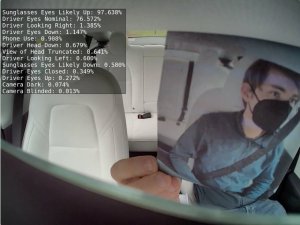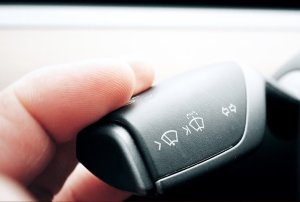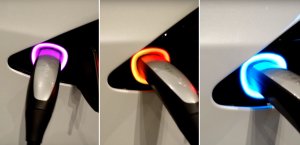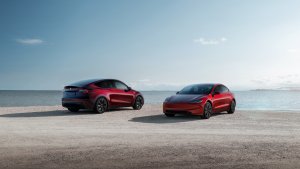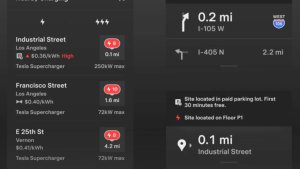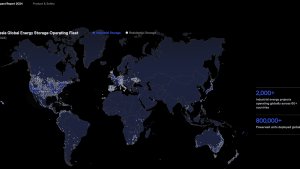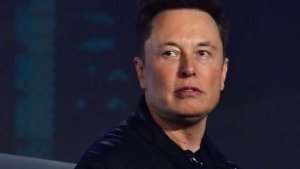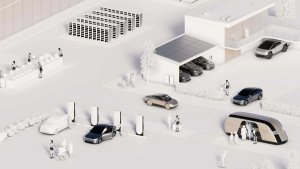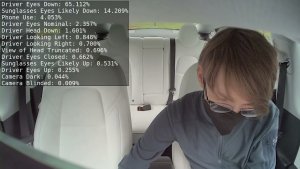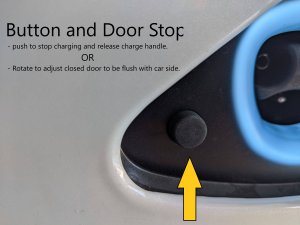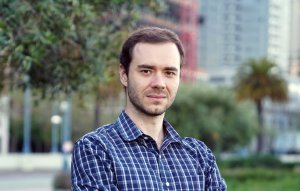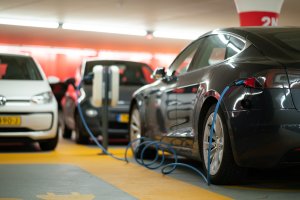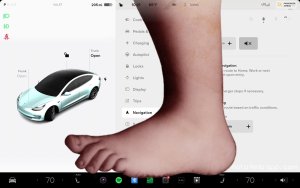Tesla’s HW3 Upgrade: What Tesla Has Announced & What to Expect

For Tesla owners with vehicles equipped with Hardware 3 (HW3)—once hailed as the key to unlocking autonomy, Robotaxi functionality, and unsupervised Full Self-Driving—the landscape is quickly changing. FSD updates were previously available for HW3 and HW4, but now, HW3 is often excluded from newer FSD updates due to compute and memory constraints. While HW3 vehicles still run a capable version of FSD, they are considerably less smooth than HW4 vehicles.
This has many HW3 owners curious about Tesla’s plans to upgrade these older vehicles, which were once promised to be capable of true autonomy. Let’s take a look at everything Tesla has said and what we should expect.
The HW3 Predicament
Introduced around April 2019, HW3 was a big leap over HW 2.5 and HW 2, with Tesla billing it as the computer that would eventually deliver true self-driving. For a long time, it powered the FSD Beta program. However, as FSD Supervised becomes more complex and data-intensive, particularly with neural networks moving towards an end-to-end AI approach, questions about HW3’s long-term lifespan have grown.
While HW3 vehicles are still receiving FSD updates, with the latest version, V12.6, launching in January 2025, the latest improvements in FSD v13 appear to be stretching even the more modern capabilities of AI4 hardware. This has understandably led to concerns that HW3 will not support Robotaxis and true autonomy.
Tesla’s HW3 Upgrade Promise
To address these concerns, Elon Musk has made increasingly definitive statements. After initially suggesting an upgrade would happen "if needed," he confirmed at the Q4 2025 Earnings Call that Tesla will upgrade HW3 computers for customers who purchased the FSD package.
Musk stated, “That's going to be painful and difficult, but we'll get it done. Now I'm kinda glad that not that many people bought the FSD package, haha.”
While Musk initially stated that Tesla would offer a hardware upgrade if needed, he gave more details this time, stating that the complimentary upgrade would be available for those who purchased the FSD package. Subscribers and non-subscribers will likely need to pay a fee similar to the HW 2 / HW 2.5 upgrade. Interestingly, Tesla was later sued for charging a fee to upgrade to HW3 and had to waive the cost.
When Will the HW3 Upgrade Be Available?
Despite Musk’s confirmation of an upgrade, Tesla hasn’t provided any timelines or estimates for HW3 retrofits. The prevailing logic, and one that aligns with Tesla’s approach to engineering challenges, is that the company is unlikely to initiate a mass upgrade program until FSD is significantly closer to being “solved,” meaning it has achieved true, unsupervised autonomy where a driver is not needed.
Until Tesla knows the final, stable computing power and architectural requirements needed for that level of autonomy, rolling out an interim upgrade wouldn’t make sense. It would risk needing yet another upgrade down the line. Therefore, HW3 owners are in a waiting game - will they wait it out, or will they take one of Tesla’s FSD transfer deals?
What to Expect With the HW3 Upgrade
One thing is clear. The upgrade will not be a simple swap to the current generation of HW4 hardware. AI4, as found in newer Tesla vehicles, has different physical dimensions, power and cooling requirements, and connector configurations that make it incompatible as a direct retrofit into HW3-designed vehicles. It’d require a lot of effort and cost to adapt HW4 for HW3 vehicles.
This means Tesla will have to develop another custom-designed retrofit FSD computer specifically for HW3 replacements. This computer must fit within an existing and defined physical space and operate within the power and cooling budget of older vehicles.
Speculation naturally turns to Tesla’s next-generation FSD hardware, HW5 or AI5. Elon previously indicated that AI5 would appear in new vehicles near the end of 2025, initially citing a timeframe of 12-18 months back in mid-2023. However, it now looks like it’ll ship sometime in the first half of 2026.
Potentially, a variant of this new AI5 computer, perhaps a more power-efficient or underclocked version, could be engineered to form the basis of the HW3 retrofit solution. This is plausible, as newer chip architectures often bring considerably greater efficiency, potentially allowing a more powerful new design to operate within HW3’s constraints.
What About HW4 and HW5?
The current-generation FSD computer, HW4, is already facing some constraints with the latest FSD v13 updates. This means buyers and owners of AI4 vehicles are also starting to have this question creep into the back of their heads… “What about my vehicle?”
Based on Tesla’s official statements on AI5, it is poised to be a powerhouse of an upgrade. That means up to 10 times the processing capability of AI4. This is an immense increase in processing power, and over time, Tesla will likely use every bit of it to make FSD handle as many edge cases as possible. While AI4’s computing power was a modest increase from HW3, the leap from AI4 to AI5 is expected to be significantly larger.
Tesla’s upcoming Cybercab is slated to use the new AI5 computer, but production of the vehicle isn’t planned until 2026.
What About the Cameras?
Tesla’s executive team has stated that the existing cameras on HW3-equipped vehicles are “capable” and that the upgrade will be focused on the FSD computer. While the AI4 cameras offer a much higher resolution than HW3, Tesla says they’re not needed. This appears to contradict what Tesla is doing as of FSD v13.2. In that update, Tesla introduced processing FSD camera feeds at full resolution, suggesting that there is some advantage to the higher-resolution cameras.
Musk also stated that cameras would not be upgraded in HW3 vehicles.
As we’ve previously covered, the newer HW4 cameras offer several advantages over the HW3 camera generation, which include:
Higher Resolution: The AI4 cameras feature 5 megapixels, compared to the 1.2 megapixels on HW3 cameras, which allows the vehicle to see things further away and in sharper detail.
Improved Dynamic Range and Low-Light Performance: The improved dynamic range allows the system to see more clearly in low-light conditions, such as during sunrise or sunset, or at night.
Wider Field of View: The rear camera on AI4 features a significantly larger field of view, providing greater awareness of the vehicle's surroundings.
It's known that AI4 processes camera data at these higher resolutions, which undoubtedly contributes to its increased performance in decision-making, object recognition (especially at a distance or for small details, such as text on signs), and overall FSD smoothness.
Therefore, while a new, more powerful retrofit computer for HW3 vehicles will bring substantial improvements, it will still be processing input from the older-generation cameras. Another technical challenge that Tesla will need to address is how to maximize FSD performance using the existing HW3 cameras.
Infotainment (MCU) Upgrade?
Most HW3-era vehicles are equipped with the older Intel Atom-based infotainment computer, known as MCU 2. Newer Teslas, as well as newer HW3 vehicles, use the considerably faster AMD Ryzen-based MCU 3. Given that Tesla sometimes packages the FSD computer and infotainment computer together, it wouldn’t be too surprising to see an MCU upgrade as part of an FSD computer retrofit.
While this would be a welcome improvement, providing a snappier user interface and better media capabilities, Tesla has not confirmed any such plans. The FSD computer and the MCU are technically separate systems, but Tesla usually bundles them together to save on costs. While Tesla has offered paid MCU upgrades in the past (e.g., from the older MCU 1 to MCU 2), there is currently no official upgrade path from MCU 2 to MCU 3.
It’s best to assume that the promised free FSD computer upgrade will not automatically include an infotainment system upgrade as well, but it’s certainly possible, given that Tesla usually bundles these together.
Playing the Waiting Game
For Tesla owners who purchased FSD with their HW3 vehicles, the commitment for a free hardware upgrade is on the record. However, the "when" and "what" remain tied to the challenge of achieving true, unsupervised autonomy. Once Tesla understands the compute power required to solve FSD, we’ll likely hear more about this hardware upgrade. Until then, we’ll have to hold on tight with FSD v12.6.











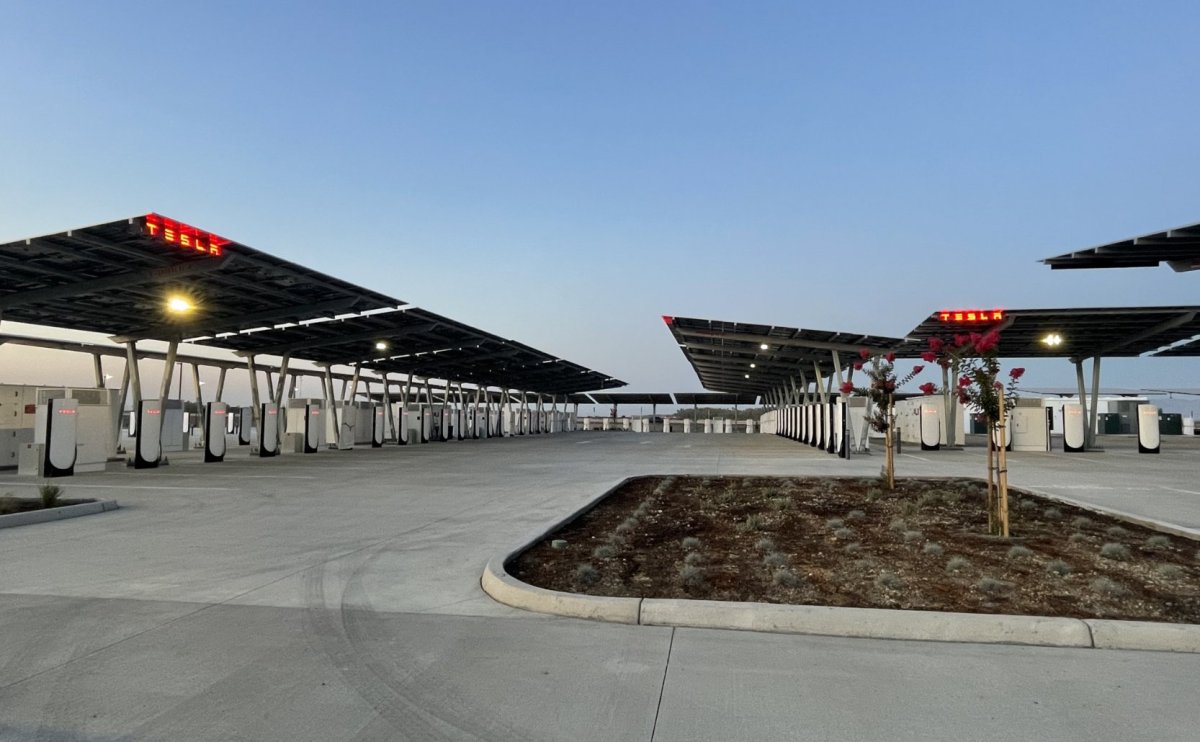
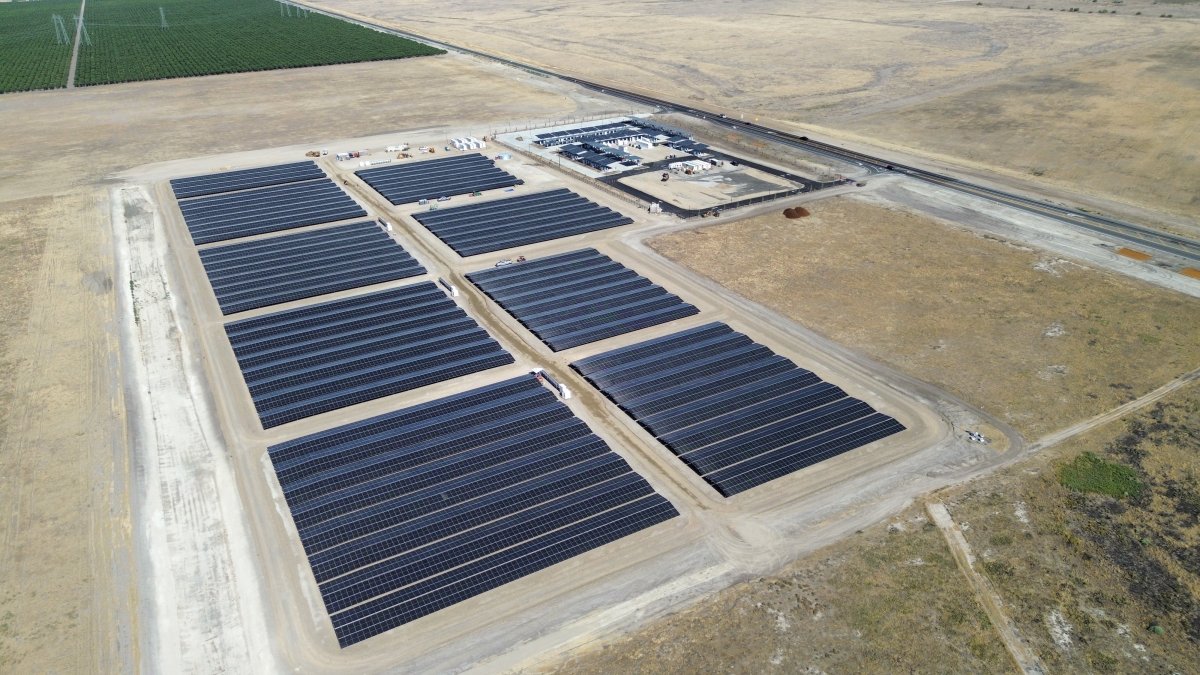
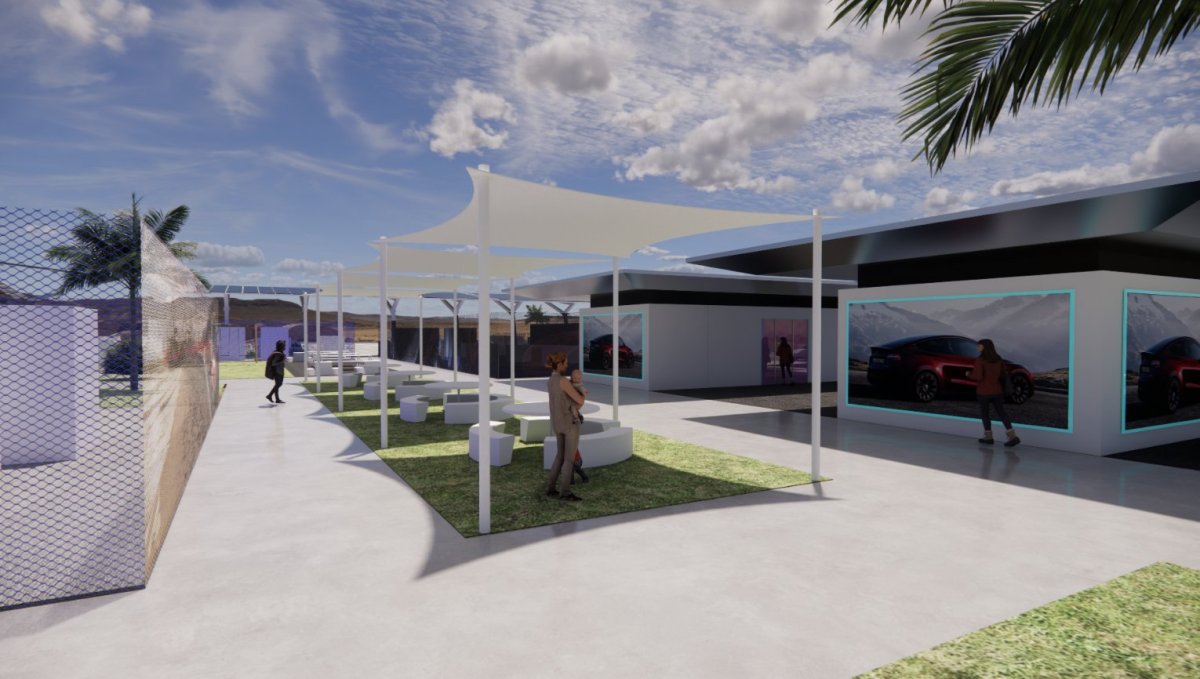



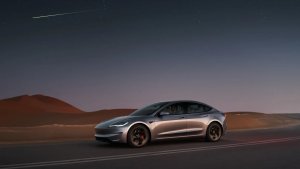
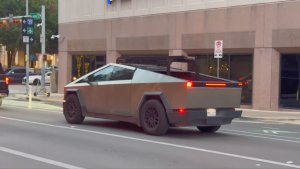
![Tesla Updates Robotaxi App: Adds Adjustable Pick Up Locations, Shows Wait Time and More [VIDEO]](https://www.notateslaapp.com/img/containers/article_images/tesla-app/robotaxi-app/25-7-0/robotaxi-app-25.7.0.webp/4ac9ed40be870cfcf6e851fce21c43b9/robotaxi-app-25.7.0.jpg)
